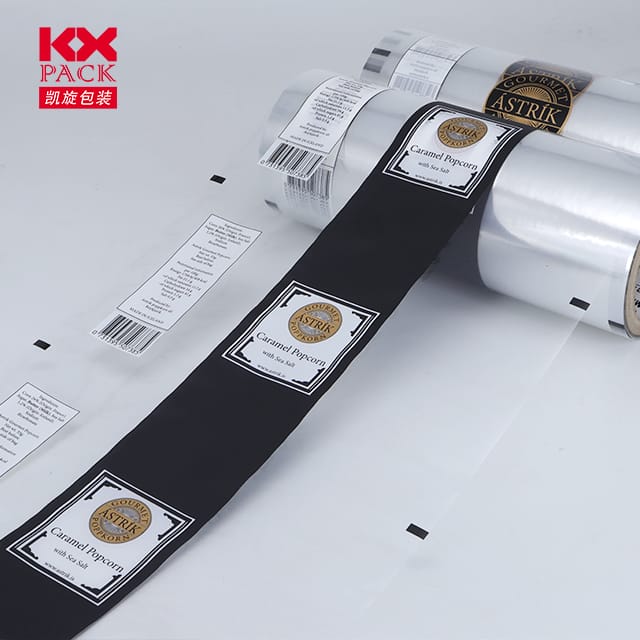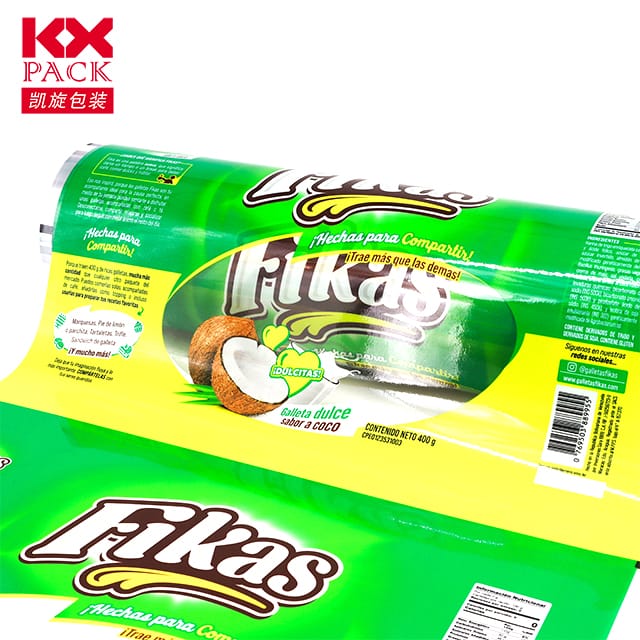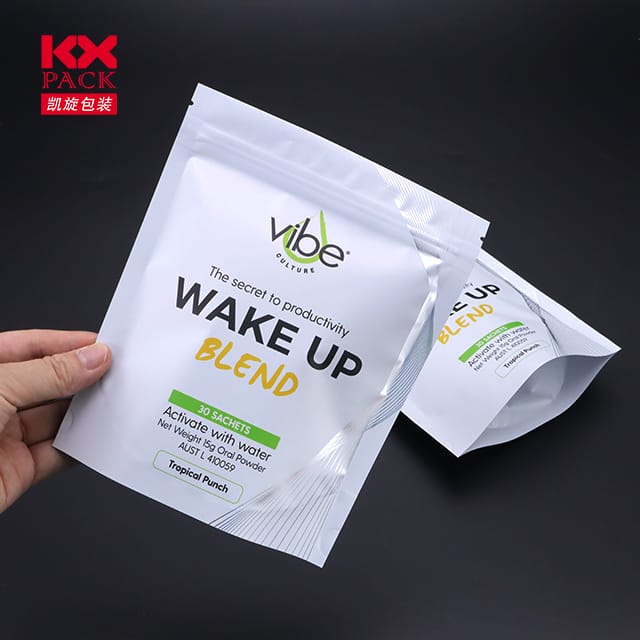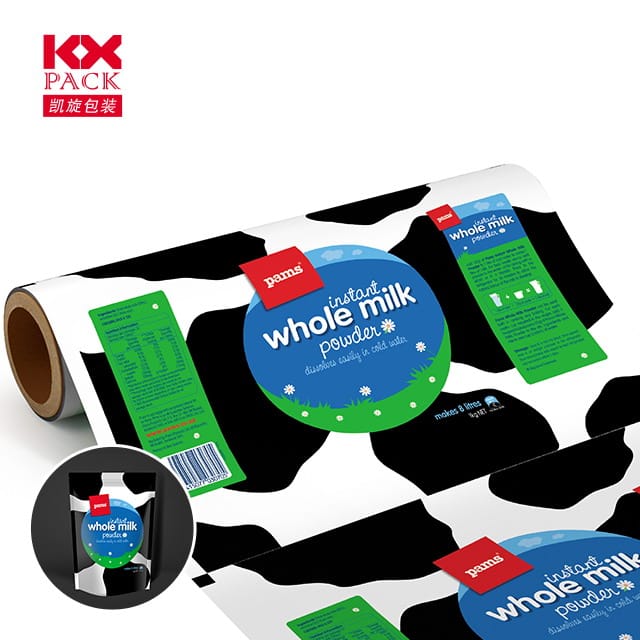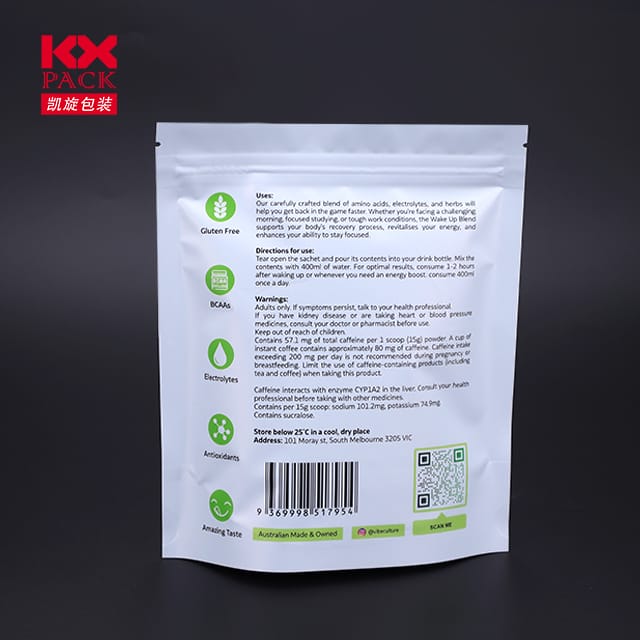De evolutie en innovatie van filmrolverpakkingen: Een duurzame toekomst
Filmrolverpakking
In the dynamic world of packaging, film roll packaging has emerged as a cornerstone of modern product protection, branding, en duurzaamheid. Van eten tot elektronica, dit veelzijdige materiaal heeft een revolutie teweeggebracht in de manier waarop bedrijven hun producten verpakken en presenteren. Naarmate de zorgen over het milieu toenemen en de verwachtingen van de consument evolueren, the future of film roll packaging is being reshaped by innovation and a commitment to circularity.
The Versatility of Film Roll Packaging
Film roll packaging, vaak aangeduid alsprinted packaging film rolls (PFP), is a flexible material used to wrap, zegel, and protect products across industries. Its adaptability allows it to be applied to a wide range of substrates, inclusief papier, karton, plastic, en glas. This makes it ideal for food packaging, where it ensures product freshness, extends shelf life, and reduces waste.
One of the key advantages of film roll packaging is itscost-effectiveness and production efficiency. Manufacturers can print branding, logos, and product information directly onto the film, eliminating the need for additional labeling steps. This streamlines production processes and reduces material costs, making it a preferred choice for businesses aiming to balance quality and affordability.
Duurzaamheid: The Driving Force of Innovation
As global awareness of environmental issues grows, the packaging industry is under pressure to adopt sustainable practices. Film roll packaging is no exception. Innovators are now focusing onbiologisch afbreekbaar, composteerbaar, and recyclable materials to minimize waste and carbon footprints.
A prime example is the“This Way Up” samenwerking, which developed edible packaging made from 100% natural ingredients. This innovation replaces traditional plastic or paper packaging, offering a zero-waste solution for snacks. Op dezelfde manier, de“The Good of Nature” project in Thailand uses fallen citrus leaves to create packaging that doubles as fertilizer after use. These designs exemplify how film roll packaging can contribute to a circular economy, where materials are reused or repurposed rather than discarded.
Design Trends: Simplicity and Functionality
Beyond sustainability, modern packaging design is embracingminimalism and functionality. De “Solo Symbolics” trend, highlighted by Pentawards 2024–2025, emphasizes bold, single-brand symbols that communicate a product’s identity clearly and effectively. This approach reduces visual clutter while enhancing brand recognition on shelves.
Another notable trend is the resurgence ofcubic packaging shapes, which optimize storage and transportation efficiency. Cubic designs allow for tighter packing, reducing shipping space and carbon emissions. Merken zoalsDestiny Spirits EnGallus Barossa have adopted this shape for their premium liquor packaging, combining aesthetics with practicality.
Technological Advancements: Slimme verpakking
De integratie vansmart technologies is transforming film roll packaging into interactive tools. Freshness indicators, QR codes, en augmented reality (AR) labels are becoming commonplace, offering consumers real-time information about product origins, vervaldatum, and recycling instructions.
Bijvoorbeeld, de“The Good of Nature” packaging uses leaf color changes to indicate fruit ripeness, providing a natural and intuitive freshness guide. Such innovations not only enhance user experience but also align with consumer demands for transparency and convenience.
Challenges and Opportunities Ahead
Despite its progress, film roll packaging faces challenges, including regulatory compliance, material costs, and consumer education. Echter, these obstacles also present opportunities for innovation. Collaboration between brands, designers, and material scientists is crucial to developing scalable, eco-friendly solutions.
As Southeast Asia emerges as a key market for packaging materials, exhibitions like the2025 International Film & Tape Expo in Jakarta are fostering partnerships and driving technological advancements. These platforms connect manufacturers with global buyers, accelerating the adoption of sustainable practices.
Conclusie: A Greener, Smarter Future
Film roll packaging has come a long way from its humble beginnings as a simple protective layer. Vandaag, it is a dynamic field shaped by sustainability, design trends, and technological innovation. As brands strive to meet consumer demands for eco-conscious products, film roll packaging will continue to evolve, offering smarter, greener solutions that protect both products and the planet.
The future of packaging lies in balancing functionality, esthetiek, and environmental responsibility—and film roll packaging is at the forefront of this transformation.
What are your thoughts on the future of film roll packaging? Share your insights in the comments below! 🌱📦✨

